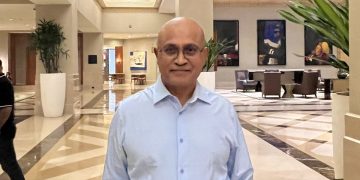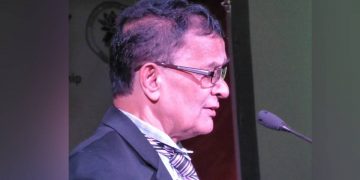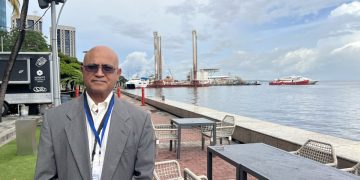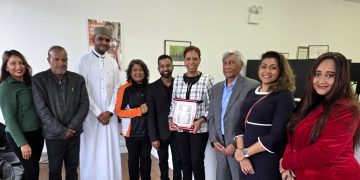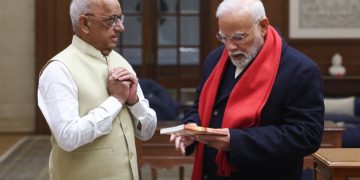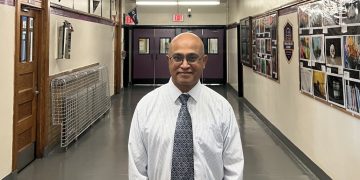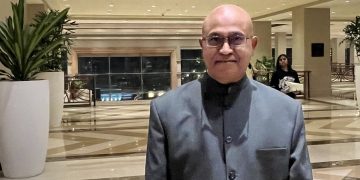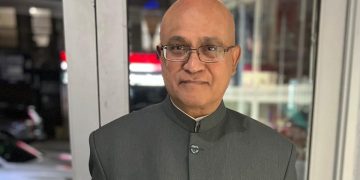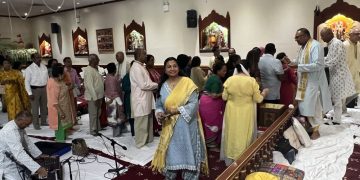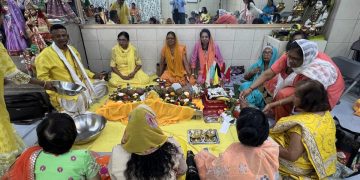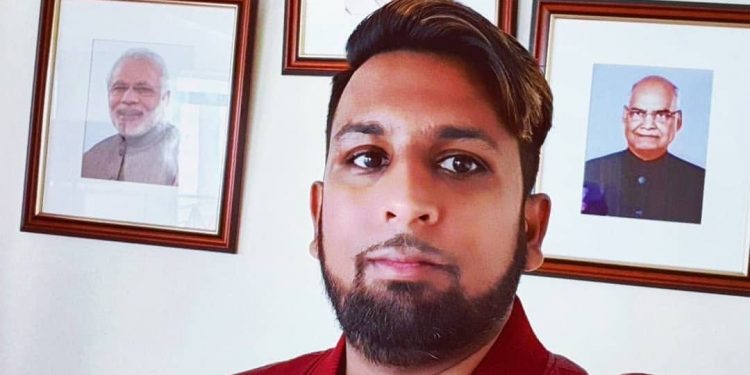In an article published in the Trinidad Newsday this week, the title read “PM critical of Claxton Bay protest” and it went on to describe the statements of the Prime Minister regarding the action taken by citizens of this country in the wake of the government ban on scrap iron export. It was the headline that captured my attention, however, because at no time in our history has a PNM government ever not been critical of a protest. Only three years after our Independence, in March 1965, the PNM convened its first National Emergency lockdown to deal with the protest action which led to the temporary shutting down of all five sugar factories on the island. Given the freshness of their derived found power and the weakness of the Opposition at the time, the PNM ostensibly created a military state by restricting movement, banning meetings and demonstrations, and carrying out search and seizure of all literature which was critical of the government. It should be noted that this Declaration of Emergency was limited to only the sugar belt, and thereby didn’t affect any of the city centers or urban areas of the country, which is why many people today might not even be aware this event ever took place.
Given the significance of sugar cane at the time, and the impact this strike would have had on the economy, on March 12th, 1965, the PNM introduced the Industrial Stabilization Bill to Parliament which, among other things, would mean that any industrial action organized by either the unions or workers of any industry would have to be submitted to the Minister of Labor for approval in advance. What the government couldn’t anticipate when drafting this legislation, however, was that it would have the unintended effect of unifying the labor movement in T&T for the first time in the history of the country. It was a truly historic moment when the Trinidad Union Congress (predecessor to NATUC) came to the defense of the All-Trinidad Sugar Estate and Factory Workers Union and their strike action, to the surprise of both the PNM and the Seamen’s Union, who immediately withdrew their membership of the TUC. It was this coalition that fostered further collaboration between politicians and workers of all industries and ethnicities and which eventually led to the PNM’s first defeat in 1986.
That said, how many people know about the players that were involved in these events and their contribution to building our nation? While most readers might be thinking that the ATSEAFWU action might have been led by Bhadase Sagan Maraj, would you be shocked to know that it was instead a gentleman named Krishna Gowandan, leader of a leftist faction calling themselves the “Freedom Fighters” who would go on to lead the union until 1973 when he was replaced by a young Basdeo Panday? Similarly, there are individuals such as Ashford Sinanan, a DLP politician who was elected to the position of Leader of the Opposition of the Federation of the West Indies in 1958. How many people remember Mohammed Shah, the first Muslim candidate to win a seat in the Federal Parliament, beating out no less than Tubal Uriah “Buzz” Butler in St. Patrick? Even someone as famous as Surajpat “Pat” Mathura might be remembered as a radio personality, but many who remember him from the airwaves recall that he was once the elected representative for Caroni for a brief period after winning the 1958 election.
Even those names that are more recognizable such as Rudranath and Simbhoonath Capildeo, B.S. Maraj, Lionel Seukaran, and Stephen Maharaj are recognized mostly as stick figures who made up the Opposition during those early elections. And I bet you that the only people who might know of the contributions of these individuals towards the development of this nation are either those who are old enough to have lived through it or have studied either politics or history at the tertiary level. Because of this PNM governments have been able to form a narrative throughout the decades that the East Indian community has been antagonistic towards gaining our Independence or building our nation after the fact when nothing can be further from the truth. The sad reality is, because of this narrative, information concerning these individuals and their contributions to society have been purposefully suppressed to ensure that they are eventually lost to history.
And the reason for bringing this up now has to do with the recent discussions surrounding the naming conventions for certain landmarks throughout the country. Because at the same time the current PNM administration is considering naming yet another public space in recognition of Dr. Eric Williams, it is unfortunate that not a single citizen of East Indian descent can be granted consideration. Even if the PNM were averse to granting recognition to their former political adversaries, there are many more names that deserve to be remembered and celebrated such as the first East Indian President, Mr. Noor Hassanali; the first East Indian Prime Minister, Mr. Basdeo Panday; the first East Indian Attorney General and the first female Prime Minister, Mrs. Kamla Persad Bissessar; the first East Indian Chief Justice, Mr. Satnarine Sharma; or the first East Indian Governor of the Central Bank, Mr. Winston Dookeran, yet for whatever reason, the government consistently chooses to ignore the sacrifices of these individuals and so many more. Heck, the PNM doesn’t even recognize the participation of the East Indian community as they relegate individuals such as Mr. Kamaluddin Mohammed and Dr. Winston Mahabir to the annals of history. And even on those rare occasions when an East Indian can share in some recognition, such as with the case of the naming of the Rienzi/Kirton Highway, it is only because the government chooses to recognize the whitewashed name of the individual, rather than his birth name which might have been too ethnic for their liking.
PS. If you weren’t aware that Mr. Krishna Deonarine changed his name to Adrian Cola Rienzi so that he can travel abroad for his studies, now you understand why public information and education about these individuals is so important.
Best regards,
Ravi Balgobin Maharaj














